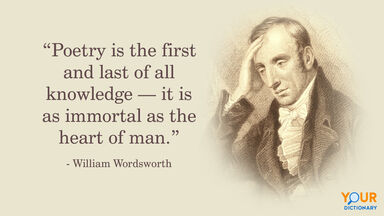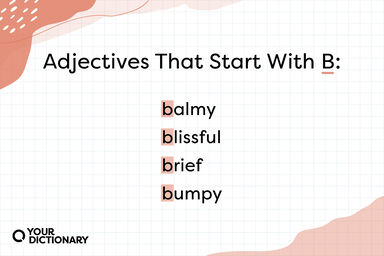Richard Strauss, in his edition of Berlioz's works on Instrumentation, paradoxically characterizes the classical orchestral style as that which was derived from chamber-music. Now it, is true that in Haydn's early days orchestras were small and generally private; and that the styles of orchestral and chamber music were not distinct; but surely nothing is clearer than that the whole history of the rise of classical chamber-music lies in its rapid differentiation from the coarse-grained orchestral style with which it began.
The development of pianoforte technique since Beethoven has been in some ways even more revolutionizing than that of the brass instruments; and pianoforte instrumentation, both in solo and in chamber-music, is a study for a lifetime.
Chamber-music. - Bach's and his contemporaries' combinations with the harpsichord show the natural fondness, in his day, for instruments of a tone too gentle for prominent use in large rooms, or indeed for survival in modern times.
Classical and modern chamber-music in the sonata style consists mainly of string-quartets for 2 violins, viola and violoncello; string-trios (rare, because very difficult to write sonorously); pianoforte-trios (pianoforte, violin and violoncello); pianoforte-quartets (pianoforte with string-trio); pianoforte-quintets (pianoforte with string-quartet); string-quintets (with 2 violas, very rarely with 2 violoncellos), and (in two important cases by Brahms) stringsextets.
Wind instruments produce very special effects in chamber-music, and need an exceedingly adroit technique on the part of the composer.





